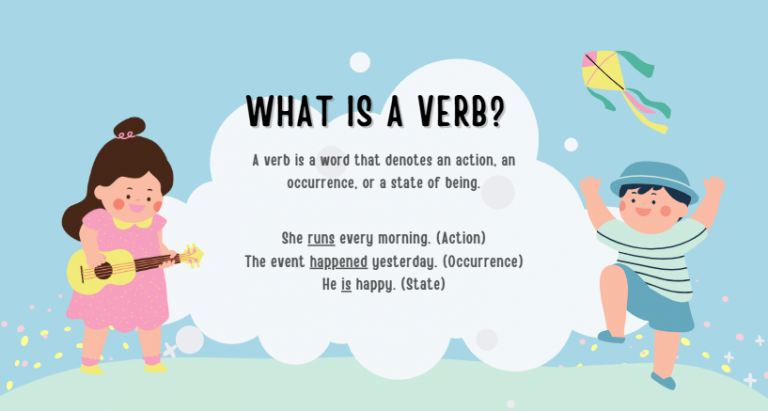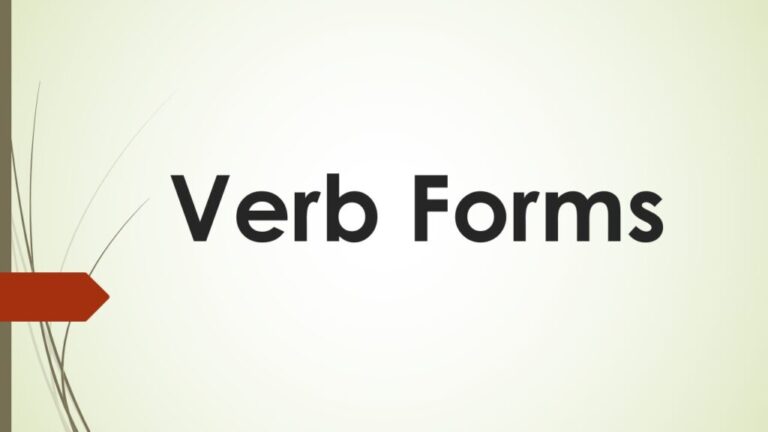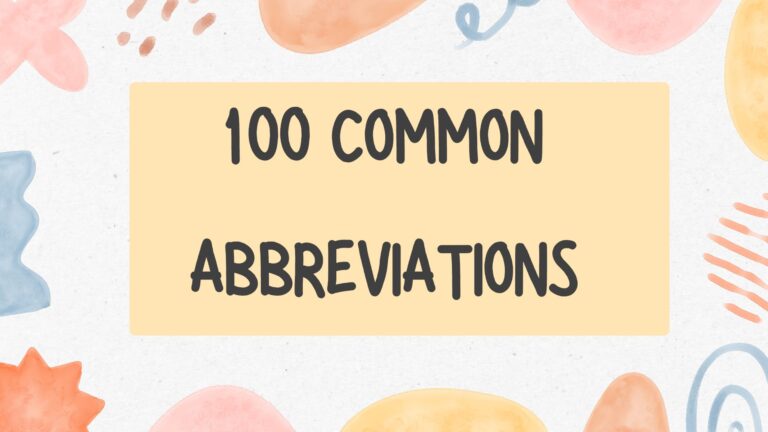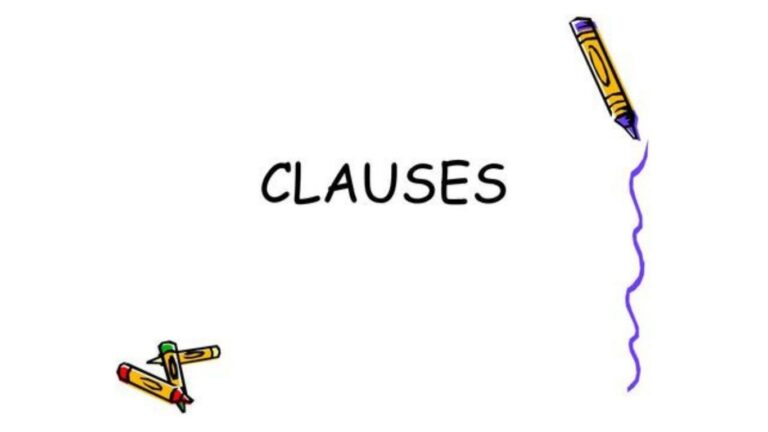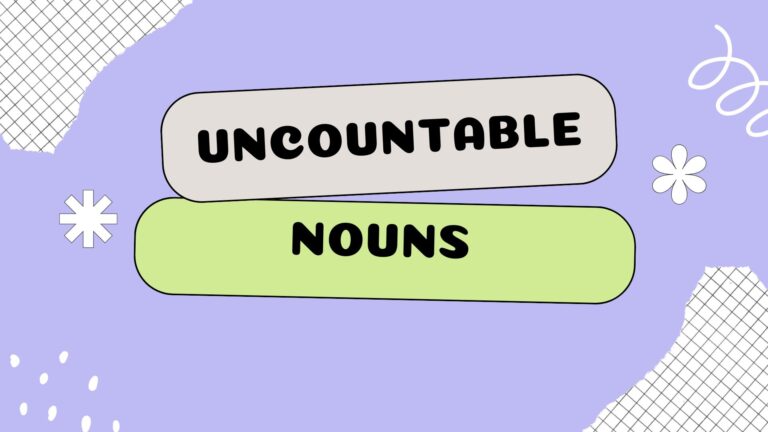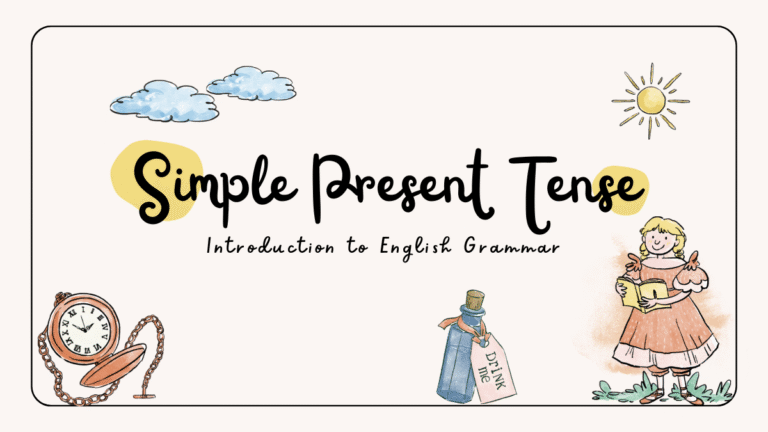The Types of Verbs: Definitions and Examples
We use several verbs in our daily life without noticing them. This article will define basic types of verbs. Understanding verbs is not just an academic exercise; it’s a key to unlocking better expression in both speech and writing.
Types of Verbs
Before exploring the types of verbs we will talk about the basic definition of verbs. Its the necessary part of grammar
Introduction to Verbs:
Verbs are the heartbeat of a sentence, driving action and conveying meaning. A verb is more than just a word that expresses an action; it serves as a link between the subject and the object in a sentence.
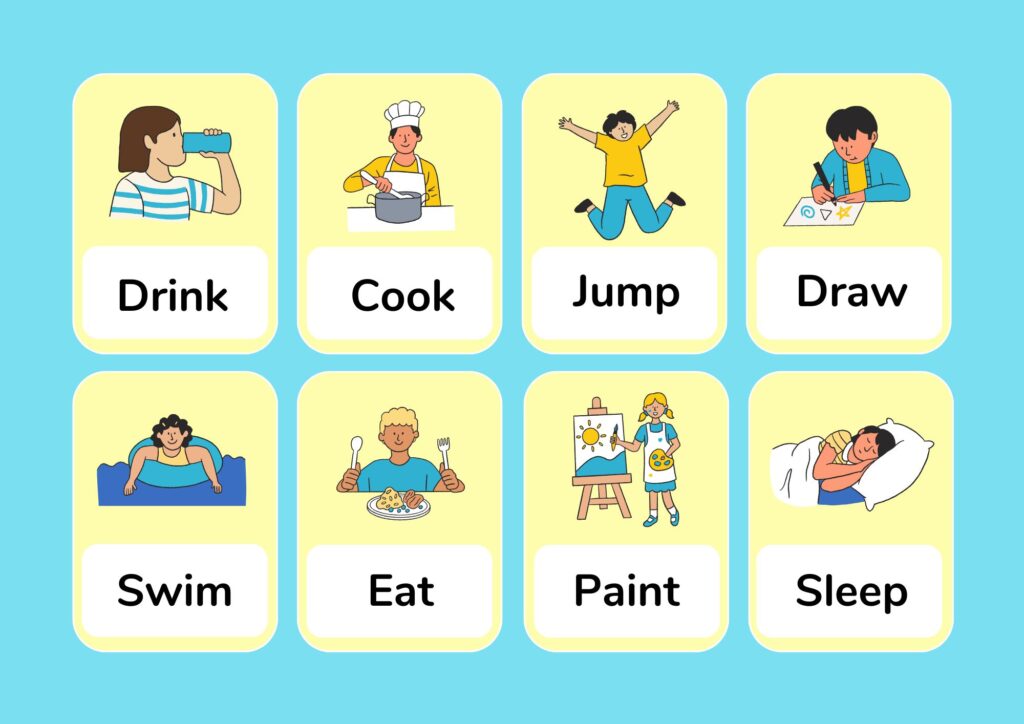
Action Verbs:
Action verbs infuse sentences with energy and clarity. Action verbs drive the motive forward, inviting readers to see the movement. For example, instead of saying “The dog was running,” a more good choice would be “The dog sprinted.”
By choosing action verbs that align with the emotions you want to evoke, you create a narrative that grabs attention and builds a connection. Ultimately, mastering action verbs is about turning simple sentences into memorable experiences.
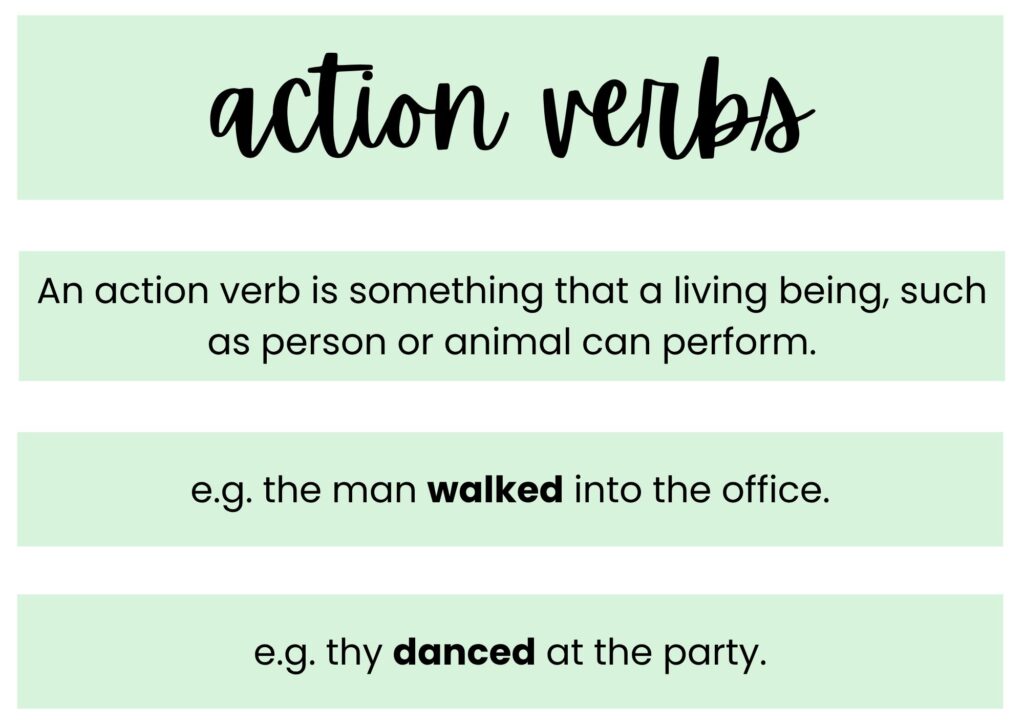
Linking Verbs:
Linking verbs are important for helping us understand actions and states of being. Linking verbs connect the subject of a sentence to additional information, acting as bridges between ideas. For example, in the sentence “The soup tastes delicious,” the linking verb “tastes” doesn’t indicate an action but rather describes a state of being that deepens our sensory experience of the soup.
Helping Verbs:
Helping verbs, also known as auxiliary verbs, play a crucial role in constructing meaningful sentences that convey complex actions and states of being. For instance, when we say, “She is running,” the helping verb “is” not only indicates the present tense but also adds depth to the action by showing its ongoing nature.
Helping verbs can shift the mood of a sentence. Consider the difference between “She can swim” and “She must swim.” Here, “can” and “must” serve as guiding lights, each framing the action within a different context of ability.
Transitive Verbs:
A transitive verb requires a direct object to complete its meaning, creating a clear action link between the subject and the object. For example, in the sentence “She kicked the ball,” the verb “kicked” is transitive because it directly acts upon “the ball.”
Intransitive Verbs:
Intransitive verbs stand alone, conveying action without needing a direct object. Consider the sentence “He sleeps soundly.” Here, “sleeps” is intransitive; it doesn’t require anything to receive the action, allowing for a broader interpretation of the subject’s state.
Regular and Irregular Verbs:
Regular verbs follow a predictable pattern typically adding “-ed” to form the past tense, as seen in examples like “walk” becoming “walked.” This consistency provides a sense of security for learners, making it easier to construct sentences.
Irregular verbs that add a layer of complexity and richness to the language. With unique past forms such as “go” transforming into “went,” they challenge us to engage more deeply with our vocabulary and storytelling.
Modal Verbs:
Modal verbs are more than just auxiliary verbs; they serve as essential tools for expressing possibility, necessity. For example, consider the difference between “You can go to the party” and “You must go to the party.” The former conveys permission, while the latter implies obligation, showcasing how a single word can dramatically shift the meaning of a sentence.

